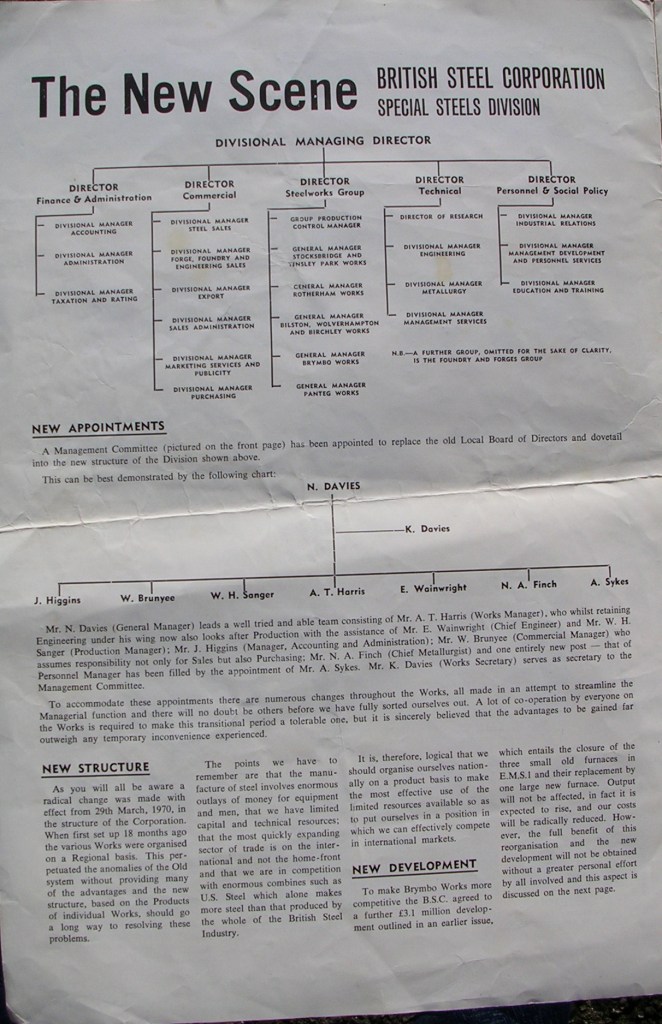

empirically corrected model-estimated horizontal flux, g m −1 d −1.field-estimated horizontal flux, g m −1 d −1.probability distribution of wind shear velocity, u *, during measurement period.probability distribution of wind speeds, U, during measurement period.probability that a point on the landscape is distance from the nearest upwind plant measured as x/ h.average size of unvegetated gaps between plants, m.soil roughness factor used in RWEQ model.plant height, measured as Frisbee™ drop height, m.fraction of the ground that is covered by plants.

drag partition coefficient induced by soil vegetation.drag partition coefficient induced by soil surface roughness.approximate relative error of model estimates.particle size diameter, used in MAR model, m.e-folding distance for the recovery of u * s in the lee of a plant as it approaches u *.equation ( 1) fitting constant, g m −2 s −1.ratio of drag coefficient for vegetation to drag coefficient for ground ( β = 202).average area of a single vegetation element (plant) projected onto a plane perpendicular to the ground (i.e., profile area), m 2.
 average area of a single vegetation element (plant) projected onto the ground (i.e., basal area), m 2. constant present in equations for of the form Aρ/ gu * X (Table 3), m 3-X s X-3. Our results also suggest that threshold shear velocity is exceeded more than might be estimated by single measurements of threshold shear stress and roughness length commonly associated with vegetated surfaces, highlighting the variation of threshold shear velocity with space and time in real landscapes. These results lend support to an understanding of the physics of aeolian transport in which (1) vegetation's impact on transport is dependent upon the distribution of vegetation rather than merely its average lateral cover and (2) vegetation impacts surface shear stress locally by depressing it in the immediate lee of plants rather than by changing the bulk surface's threshold shear velocity. The model outperforms the alternative schemes both in terms of approximate relative error and the number of sites at which threshold shear velocity was exceeded. The level of error is within what would be expected given uncertainties in threshold shear velocity and wind speed at our sites. Our results show that the model can predict horizontal aeolian flux with an approximate relative error of 2.1 and that further empirical corrections can reduce the approximate relative error to 1.0. The same field data were used to model horizontal aeolian flux using three other schemes. Measured fluxes were tested against modeled values to evaluate model performance, to obtain a set of optimum model parameters, and to estimate the uncertainty in these parameters. Vegetation, soil, and meteorological data at 65 field sites with measurements of horizontal aeolian flux were collected from the Western United States. This approach differs from previous models by accounting for how vegetation affects the distribution of shear velocity on the surface rather than merely calculating the average effect of vegetation on surface shear velocity or simply using empirical relationships.
average area of a single vegetation element (plant) projected onto the ground (i.e., basal area), m 2. constant present in equations for of the form Aρ/ gu * X (Table 3), m 3-X s X-3. Our results also suggest that threshold shear velocity is exceeded more than might be estimated by single measurements of threshold shear stress and roughness length commonly associated with vegetated surfaces, highlighting the variation of threshold shear velocity with space and time in real landscapes. These results lend support to an understanding of the physics of aeolian transport in which (1) vegetation's impact on transport is dependent upon the distribution of vegetation rather than merely its average lateral cover and (2) vegetation impacts surface shear stress locally by depressing it in the immediate lee of plants rather than by changing the bulk surface's threshold shear velocity. The model outperforms the alternative schemes both in terms of approximate relative error and the number of sites at which threshold shear velocity was exceeded. The level of error is within what would be expected given uncertainties in threshold shear velocity and wind speed at our sites. Our results show that the model can predict horizontal aeolian flux with an approximate relative error of 2.1 and that further empirical corrections can reduce the approximate relative error to 1.0. The same field data were used to model horizontal aeolian flux using three other schemes. Measured fluxes were tested against modeled values to evaluate model performance, to obtain a set of optimum model parameters, and to estimate the uncertainty in these parameters. Vegetation, soil, and meteorological data at 65 field sites with measurements of horizontal aeolian flux were collected from the Western United States. This approach differs from previous models by accounting for how vegetation affects the distribution of shear velocity on the surface rather than merely calculating the average effect of vegetation on surface shear velocity or simply using empirical relationships. 
The purpose of this paper is to evaluate a recent model of aeolian transport in the presence of vegetation. Aeolian transport is an important characteristic of many arid and semiarid regions worldwide that affects dust emission and ecosystem processes.








 0 kommentar(er)
0 kommentar(er)
